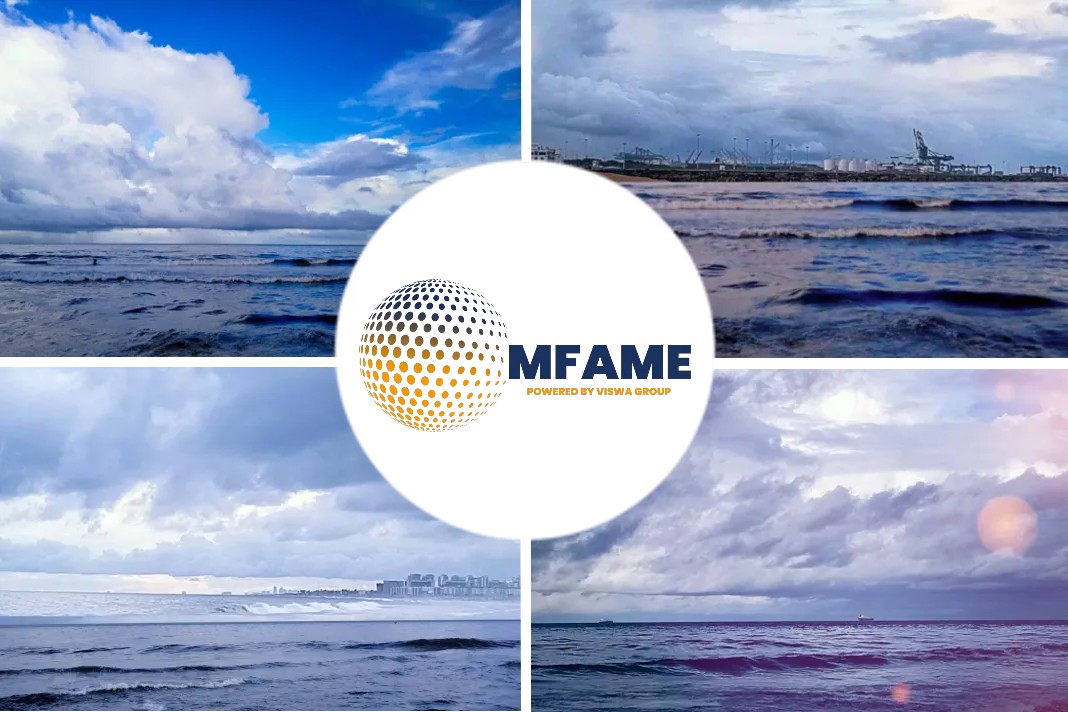- Smaller geared dry bulk vessels are rejoicing, as Chinese iron ore imports reach peak levels.
- Minor bulks are set to provide new demand growth.
- The levels that iron ore has provided over the last couple of decades, with MSI forecasting 1.5% to 2%.
According to an article published in Seatrade-Maritime, owners for smaller, geared dry bulk vessels are rejoicing, as Chinese iron ore imports reach peak levels.
Small vessels to fuel demand
According to Maritime Strategies International (MSI), it will be minor bulks demand that will drive dry cargo in the coming years.
“We’re really anticipating a change in dynamics for the dry bulk market,” David Jordan, regional director Asia for MSI, tells Seatrade Maritime News in an interview on the sidelines of the Marine Money Asia conference.
Over the last two decades, Chinese iron ore demand has driven the global dry bulk shipping market, but as China hits peak steel production in 2019 this is set to change.
Peak steel production
“If you look at the fundamentals coming out of China, peak steel production, the increased use and availability of scrap, what we’re anticipating is we’re going to reach peak iron ore imports in the first half of the next decade and thereafter decline,” Jordan explains.
This does not translate into iron ore demand dropping off a cliff, rather slow decline, but there is a lack of an alternative to China in terms of demand substitution.
The MSI analyst sees a similar situation for Chinese coal imports with quotas of 280m tonnes annually being strictly enforced. However, in this case, potential substitution can be seen from a number of countries such as India, and Jordan highlights Vietnam as “very promising” with a 95% increase in coal imports.
A lot of positives for minor bulks
But with the iron ore import story in decline, it is the minor bulks that look to set to provide new demand growth, if not at the levels that iron ore has provided over the last couple of decades, with MSI forecasting 1.5% to 2%.
“It’s actually the minor bulks where we see a lot of positives in the market. Chinese imports of the minor bulks, bauxite, manganese ore, and forestry products we’re seeing really strong growth in Chinese imports,” Jordan explains. “We actually see looking at a five to 10-year timeframe that is where a lot of the market growth will be.”
The result will be a much more complex market with diversification of demand, rather than one or two key trades as has been seen with iron ore. This will also be good news for owners of smaller vessels.
Good news for owners of geared ships
Adam Kent, director of MSI, says that: “Because of the growth around the smaller trades there’s going to be a lot more positives on the geared ships. The problem for these minor bulks the ports don’t have the infrastructure for larger vessels, even if you can get the larger parcel sizes.”
He notes that even where larger ships are available traders are quite reticent to change parcel sizes with typical handymax cargoes only recently moving up to supramaxes. This means the favored newbuild size of a few years ago – the ultramax – can struggle to be used at its full capacity. “There’s a lot of ultramaxes that aren’t fully utilized in terms of cargo,” Kent comments.
Did you subscribe to our daily newsletter?
It’s Free! Click here to Subscribe!
Source: Seatrade-Maritime















